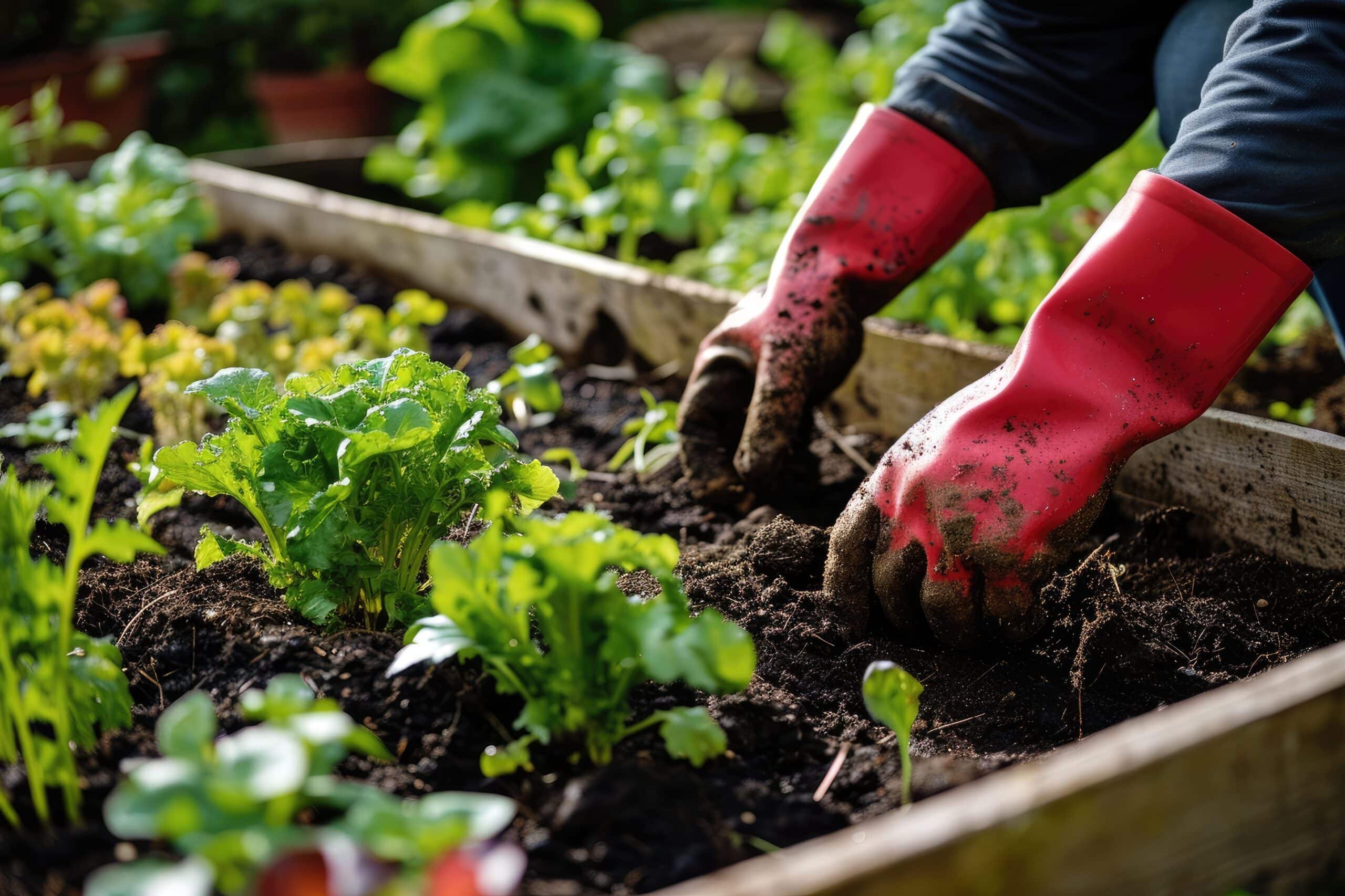What Grows Best in Raised Beds?
Key Takeaways
- Carrots grow exceptionally well in raised beds, thanks to the loose and well-draining soil.
- Cucumbers benefit from the elevated growing space provided by raised beds, especially with proper trellising.
- Radishes are an excellent choice for raised beds due to their quick growth and the loose soil structure that allows their roots to expand easily.
Raised beds offer a variety of benefits for gardeners, including improved drainage, better soil quality, and easier access for maintenance. But when it comes to deciding what to grow in these raised garden beds, it’s essential to choose plants that thrive in this specific environment.
After reviewing several reputable sources, it is clear that there are certain crops that are particularly well-suited for raised beds. Let’s take a closer look at the plants that consistently rank as top choices for raised garden beds:
1. Carrots
Carrots are a versatile root vegetable that grows exceptionally well in raised beds. The loose and well-draining soil allows the roots to develop evenly, resulting in long and straight carrots.
2. Cucumbers
Cucumbers are vining plants that benefit from the elevated growing space provided by raised beds. With proper trellising, cucumbers can thrive and produce an abundant harvest.
3. Radishes
Radishes are known for their quick growth, making them an excellent choice for raised beds. The loose soil structure allows radish roots to expand easily, resulting in crisp and flavorful radishes.
4. Tomatoes
Tomatoes are a popular choice for raised beds due to their deep root system. The well-draining soil in raised beds helps prevent waterlogged roots, contributing to healthier and more productive tomato plants.
5. Kale
Kale is a nutrient-rich leafy green that thrives in raised beds. The loose soil provides ample space for the kale roots to grow, resulting in robust and vibrant plants.
6. Lettuce
Lettuce is a cool-season crop that performs exceptionally well in raised beds. The controlled environment of a raised bed allows for optimal temperature and moisture regulation, promoting healthy lettuce growth.
7. Spinach
Spinach is another leafy green that flourishes in raised beds. The loose soil structure provides spinach roots with the necessary room to develop, resulting in abundant and tender spinach leaves.
8. Mint
Mint is a fragrant herb that is well-suited for raised beds. Its spreading nature can be contained within the confined space of a raised bed, preventing it from taking over other areas of the garden.
9. Peas
Peas are climbing plants that thrive in raised beds with proper support. The elevated growing space allows for better air circulation, reducing the risk of fungal diseases that can affect pea plants.
10. Beans
Both bush beans and pole beans can be successfully grown in raised beds. The well-draining soil and ample sunlight in raised beds contribute to healthy bean plants and abundant harvests.
11. Peppers
Peppers, whether sweet or hot, are well-suited for raised beds. The warm and well-draining soil helps peppers establish strong root systems, leading to vigorous growth and plentiful harvests.
12. Beets
Beets are root vegetables that perform exceptionally well in raised beds. The loose soil structure allows the beet roots to expand, resulting in tender and flavorful beets.
13. Potatoes
Potatoes can be successfully grown in raised beds, especially varieties that produce smaller tubers. The loose soil allows for easy root development and facilitates the harvesting process.
14. Arugula
Arugula is a leafy green with a peppery flavor that thrives in raised beds. The loose soil structure promotes healthy root growth, resulting in abundant and flavorful arugula leaves.
15. Swiss Chard
Swiss chard is a nutritious leafy green that adapts well to raised beds. The loose soil provides ample space for the chard’s roots to grow, resulting in vibrant and colorful leaves.
While these crops consistently rank as top choices for raised beds, it’s important to note that the success of your garden also depends on factors such as your specific location, climate, and individual gardening practices. It’s always a good idea to consult local gardening resources or seek advice from experienced gardeners in your area to tailor your plant selection to your unique circumstances.
Related Websites:
FAQs:
Q: What are the benefits of using raised beds for vegetable gardening?
Raised beds offer improved drainage, better soil quality, and easier maintenance compared to traditional gardening methods. They also provide better control over soil conditions, leading to healthier plant growth and improved vegetable production.
Q: How do I choose the right vegetables for raised beds?
When selecting vegetables for raised beds, consider those with shallow root systems and the ability to tolerate close planting. Vegetables that benefit from the warmer soil in raised beds are also ideal choices.
Q: What are the best leafy greens for raised beds?
Lettuce, spinach, kale, and Swiss chard are excellent choices for raised beds. They have specific growth patterns, space requirements, and recommended planting techniques that ensure optimal growth and harvest.
Q: Can I grow root vegetables in raised beds?
Yes, root vegetables like carrots, radishes, beets, and turnips are suitable for raised beds. The loose soil structure promotes better root development and allows for optimal growth and harvest.
Q: What compact crops are well-suited for raised beds?
Bush beans, peas, and cucumbers are compact crops that thrive in raised beds. They have specific growth habits, supporting methods, and recommended spacing to maximize their potential.






